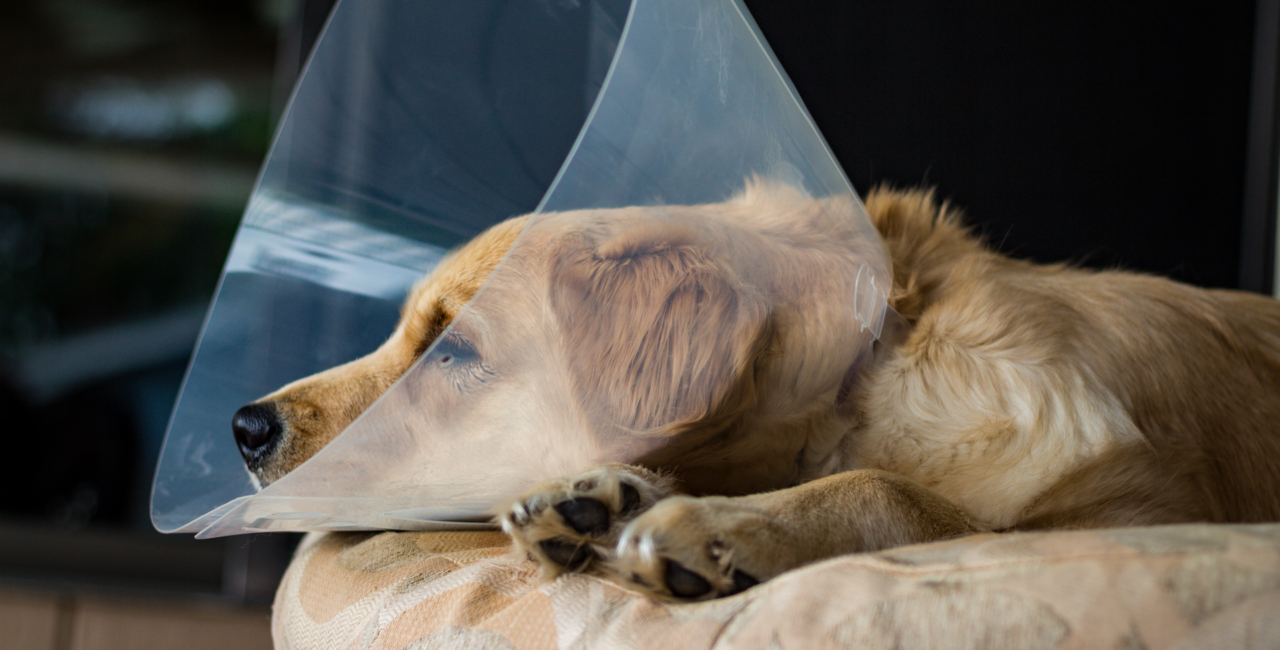Have you ever wondered what exactly are the benefits and risks of spaying or neutering your pet? Whether you just bought a house so that your dog has a yard, or you’re a cat lady whose been told she should NOT buy one more cat, we all want what’s best for our pets!
So, for that reason, I am here to dig deep into the major benefits and minor risks that go along with making the decision to spay or neuter your family members!
The benefits and risks of spaying your dog or cat
In females, spaying involves removing the ovaries and uterus (ovariohysterectomy), or solely removing the ovaries (ovariectomy), in order to eliminate the hormones involved in reproduction.
However, besides this main purpose, here are some other benefits and risks that we need to take into consideration.
Benefits:
🐾 Reduce the risk of breast cancer!
- Yup, that’s right, the chances of developing mammary tumors is greater in intact females when compared to spayed! In fact, a female’s risk of developing breast cancer increases from 0.5% (if spayed before the first heat), to 8% (if spayed before the second heat), to greater then 26% (if spayed after the second heat)!
🐾 Reduce the risk of other cancers
- Tumors in reproductive organs, such as the vulva, uterus and ovaries, increases in intact females as compared to spayed females.
🐾 Eliminate pyometra
- This is a uterine infection. This disease occurs in approximately 25% of intact females under the age of 10 years old and increases in probability based on age and breed. This disease can be life threatening if not treated but can be virtually eliminated by spaying!
🐾 Reduce pregnancy risks!
- Risk of pregnancy complications such as dystocia or uterine rupture can occur during pregnancy. However, this can be eliminated by spaying!
🐾 Population control
- By spaying we can help limit the number of stray cats and dogs without a place to call home! Thank you Bob Barker!
Risks:
🐾 Urinary incontinence
- If your little girl is spayed prior to three months of age, there is a higher chance of dribbling urine. This is why we suggest an owner to wait until six months of age and discuss this risk with your veterinarian prior to deciding on timing.
🐾 Anaesthetic risk
- As with any surgery, there are always some possible complications that may go along with your pet being under general anesthesia.
🐾 Weight gain
- Once an animal has been spayed, they tend to exercise less and eat more than intact animals and this may lead to weight gain.
Benefits and risks of neutering your pet
In males, neutering involves removing both testicles, which removes the source of hormones involved in reproduction.
This procedure, while having some potential risks, can provide several benefits to your beloved male companion.
Benefits:
🐾 Reduce the risk of cancer!
- Testicular cancer is one of the most common forms of cancer in the intact dog. However, neutering can eliminate this risk! YAY! Further, the instance of developing perianal tumors as well as perineal hernias can be reduced by castrating. All the more reason to listen to Bob Barker!
🐾 Reduce the risk of prostatic disease!
- Intact dogs over the age of 7-years-old have less than a 60% chance of developing prostate disease! However, once neutered, this disease becomes very rare in occurrence. All the more reason to neuter your pet!
🐾 Behaviour benefits
- Aggression, urinary scent marking, and seeking out a mate (via roaming behavior), are all male behavior traits that can be initiated from hormones in the intact pet. These behaviors can then become learned actions, if the animal is left intact for a prolonged period. Therefore, neutering at the appropriate time (in discussion with your veterinarian) can help to mitigate the likelihood of this type of behavior from persisting.
🐾 Population control
- By neutering we can help limit the number of stray cats and dogs without a place to call home! Thank you Bob Barker!
Risks:
🐾 Cranial cruciate ligament tear
- If you choose to neuter prior six months of age, there may be a risk in developing knee problems later in life, referred to as a cranial cruciate ligament tear (CCLD).
🐾 Weight gain
- Once an animal has been neutered, they require less calories to meet their daily requirements. Therefore, they may gain weight by being overfed. However, this can be mitigated by talking with your veterinarian about your animals’ nutritional needs post-neuter.
🐾 Anaesthetic risk
- As with any surgery, there are some possible complications that may go along with your pet being under general anesthesia.
Overall, the decision to spay or neuter can be difficult to navigate, as veterinary medicine is continuously improving with medical advancements. This is very exciting but can be somewhat confusing as a pet owner. This is why discussing the options with your veterinarian can allow for the best care to be given to your fur- baby!
SOOOOO, thank you Bob Barker, for not only telling us to spay and neuter our pets (in order to control the pet population), but also so that we can provide them with the best chance of living long and healthy lives!
Also, If you have questions about spaying or neutering your pet, please call to book an appointment with one of our vets, including Dr. Jill Rankin, who wrote this blog 🙂 Our phone number is 403-615-8016.




